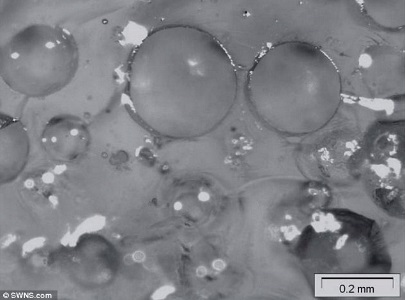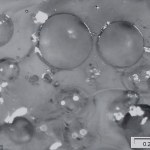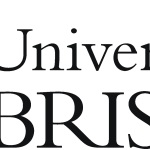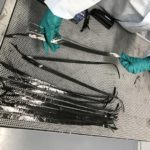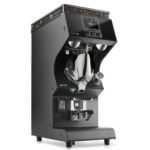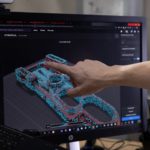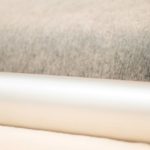British scientists have created a breakthrough self-healing compound which could see aircraft wings, mobile phone screens and even nail polish repair itself.
The material is able to “heal” itself in a similar way to how human skin uses blood clots to stem bleeding.
It means chipped nails, broken tennis racquets, fishing rods, bike helmets and mobile phones could all repair themselves.
A team at the University of Bristol has spent three years working on the technology and are planning to take it to market “in the very near future”.
Cosmetics giant L’Oreal has already registered its interest in the product, which could revolutionise many areas of manufacturing.
Research leader Professor Duncan Wass said: “We’re definitely getting to the stage where in the next five or ten years we’re going to see things like mobile phone screens that can heal themselves if they crack.”
Their solution involves adding tiny, hollow microspheres to carbon fibre composite materials.
These break on impact, releasing a liquid healing agent which seeps into the cracks left by the damage.
It then comes into contact with a catalyst which triggers a rapid chemical reaction that causes the agent to harden.
Tests found that the material was just as strong after it had “healed” as it had been before the damage.
The healing material can take anywhere between a couple of hours and a day to recover – with warmer temperatures accelerating it and colder ones taking longer.
Photo’s 1 caption: British chemists have created a self-healing compound that could enable wings to heal themselves in a similar way to how human skin repairs itself. A close-up of microcapsules is shown.
Photo’s 2 caption: Bristol University scientists develop material which allow phone screens to repair themselves.


